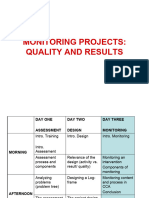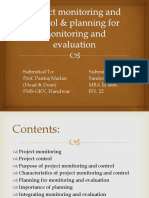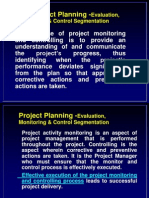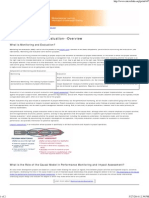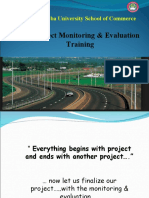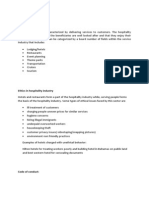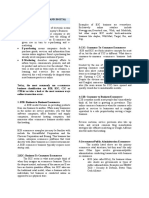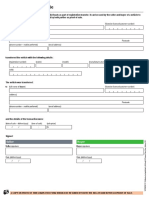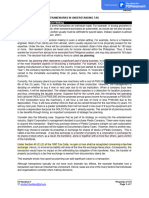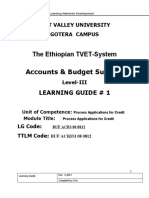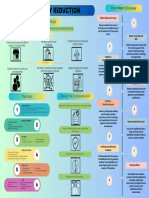0% found this document useful (0 votes)
42 views35 pagesProject Monitoring and Post Evaluation
Project monitoring and post-evaluation involve collecting, recording, and reporting information on the performance of a project over time. Effective monitoring helps track key aspects of projects and programs through tools that provide timely feedback. It aims to predict and prevent issues, identify opportunities to improve the project, and balance a focus on physical and financial progress toward development objectives. Monitoring is conducted at multiple levels from the individual project to oversight agencies, and typically involves a dedicated monitoring division to collect updates, identify shortfalls, evaluate impacts, and conduct analyses to facilitate successful project implementation.
Uploaded by
59tk45qvyxCopyright
© © All Rights Reserved
We take content rights seriously. If you suspect this is your content, claim it here.
Available Formats
Download as PDF, TXT or read online on Scribd
0% found this document useful (0 votes)
42 views35 pagesProject Monitoring and Post Evaluation
Project monitoring and post-evaluation involve collecting, recording, and reporting information on the performance of a project over time. Effective monitoring helps track key aspects of projects and programs through tools that provide timely feedback. It aims to predict and prevent issues, identify opportunities to improve the project, and balance a focus on physical and financial progress toward development objectives. Monitoring is conducted at multiple levels from the individual project to oversight agencies, and typically involves a dedicated monitoring division to collect updates, identify shortfalls, evaluate impacts, and conduct analyses to facilitate successful project implementation.
Uploaded by
59tk45qvyxCopyright
© © All Rights Reserved
We take content rights seriously. If you suspect this is your content, claim it here.
Available Formats
Download as PDF, TXT or read online on Scribd
/ 35


